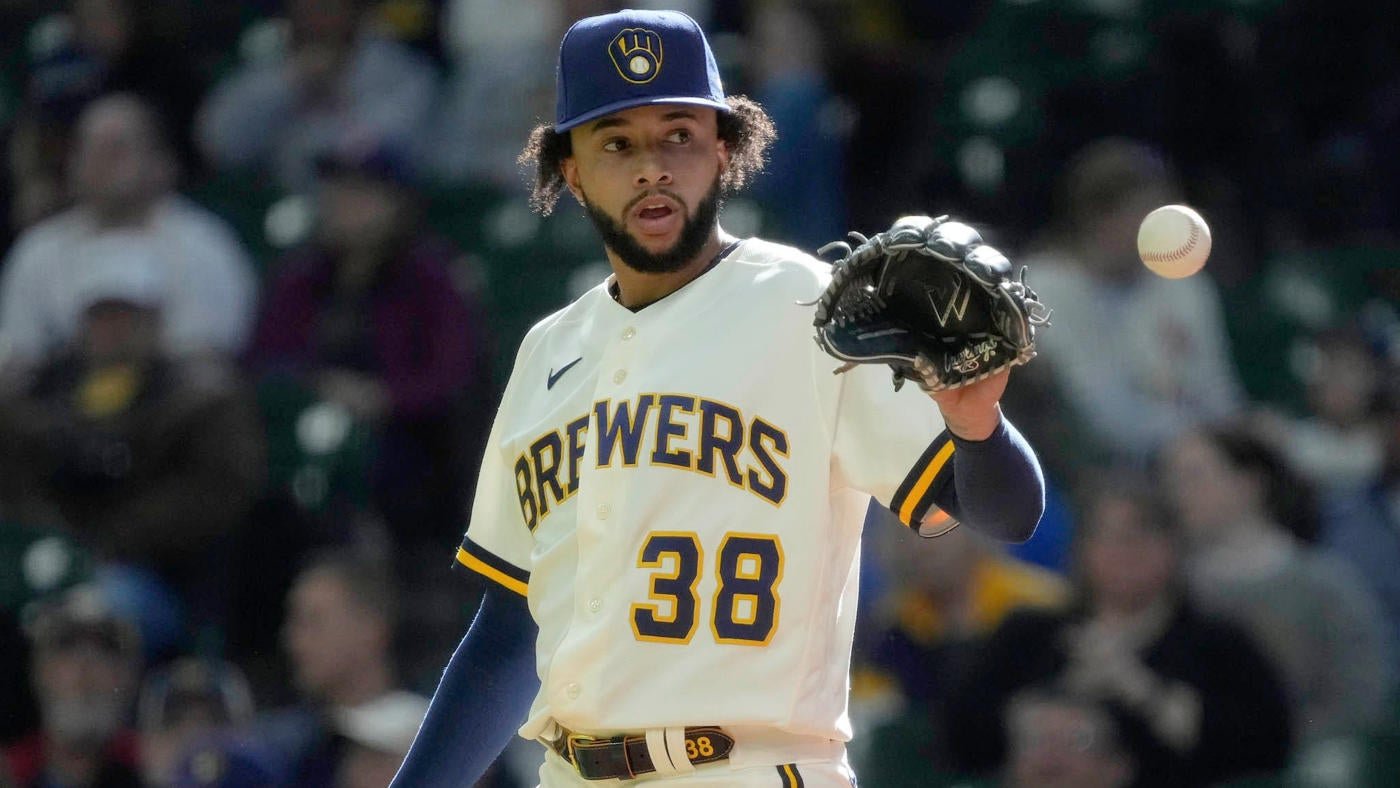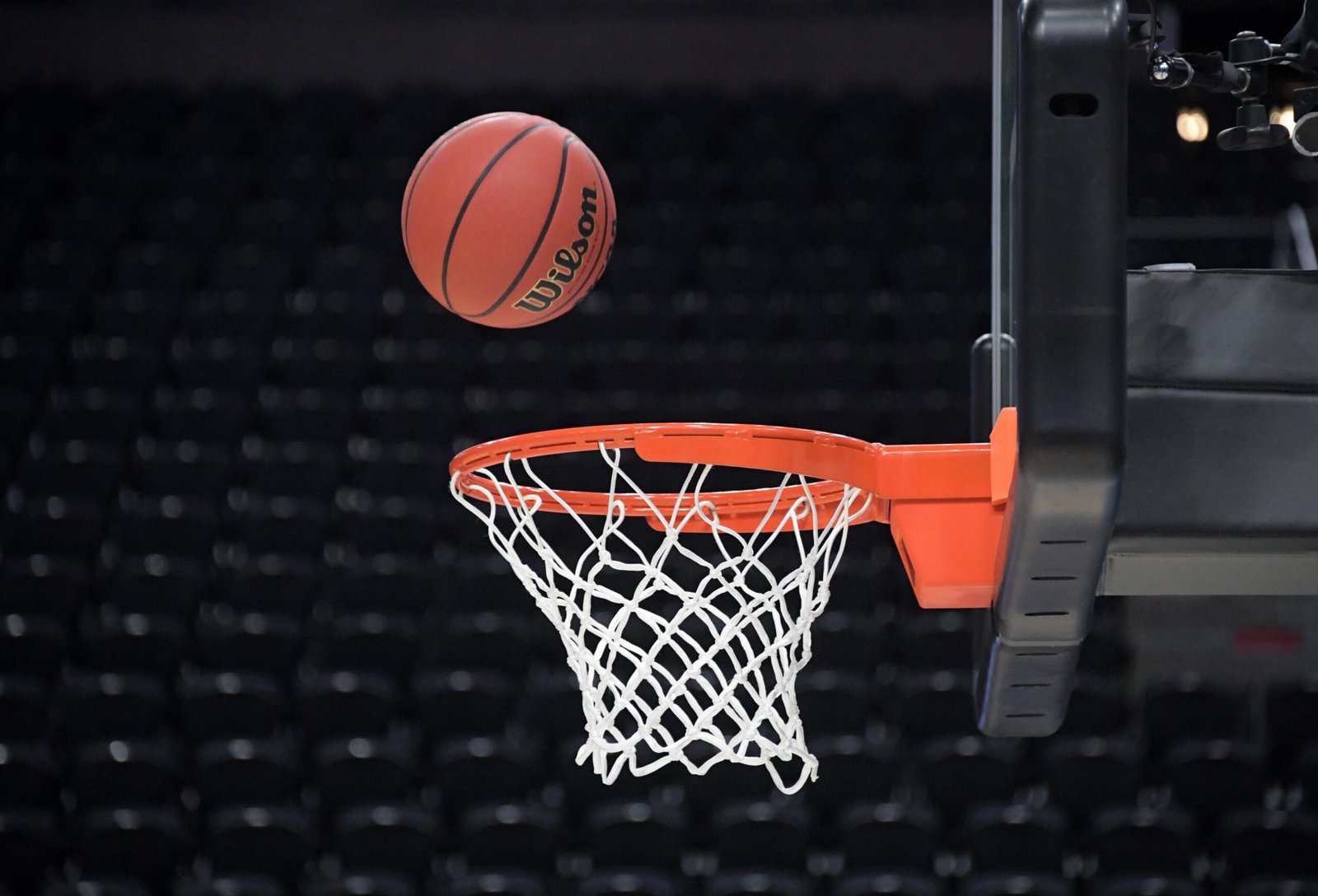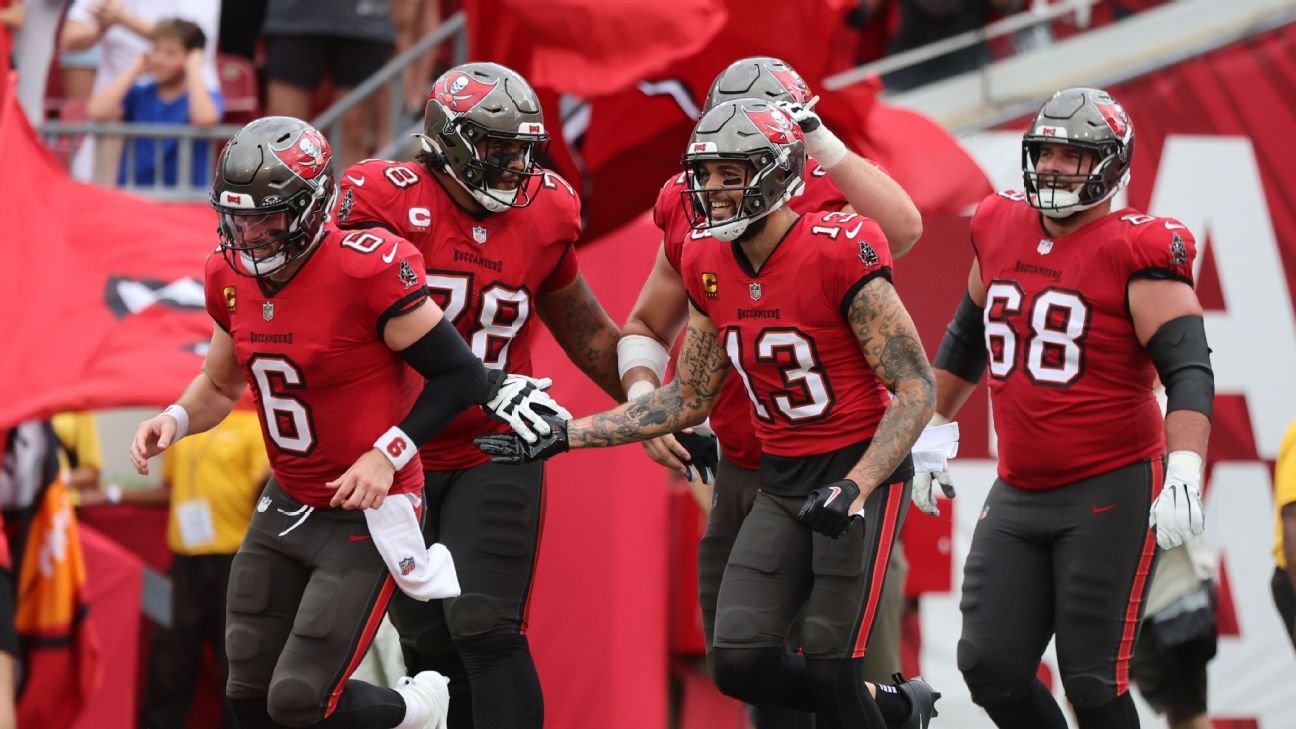A complete RP breakdown and what you need to know before you draft
A complete RP breakdown and what you need to know before you draft

Ranking relief pitchers in Fantasy Baseball is probably the hardest position to get right. Not only do you have to try to assess talent for pitchers who are throwing, at most, about 80 innings in a season – a little less than half a season for most starting pitchers – but you also have to try to predict how managers will deploy their best relievers.
Is Tanner Scott, a very good reliever on a very good team, a better Fantasy option than Kenley Jansen in 2025? Jansen is likely the worst pitcher of the two, and he’s certainly on a worse team, so you would think it’s an easy call to just take Scott, right? Well, the Angels have an old-school manager who is almost certainly going to rely on one closer as long as he gets the job done, while the Dodgers have a bullpen full of elite arms and a manager who has been willing to mix and match to get the job done over the years.
It would be a fairly easy call if all that mattered was who the better player is, which is pretty much how it works at every other position. But because saves are such a huge part of how closers get their value in Fantasy, it’s entirely possible that Jansen will end up the better option – and there are some outcomes in which it isn’t even close.
And then there’s another wrinkle to consider for those of you in H2H points leagues – the SPaRPs. So, before we get to the closer candidates, for 2025, let’s talk about the SPaRPs you need to know about:
Meet The SpaRPs!
SPaRP noun : A starting pitcher who is eligible at a relief pitcher spot in your lineup.
Cole Ragans as a SPaRP in 2024 was a cheat code for H2H points leagues.
Now, I want to be clear about something: Last year was an unusually good year for SPaRPs. Cole Ragans was an ace, and Garrett Crochet and Reynaldo Lopez provided ace-level production for long stretches. We don’t have anyone who is an obvious impact option among the SPaRPs like Ragans was, but it’s worth noting that neither Crochet nor Lopez was expected to be anywhere near as good as they were. So, there’s still a chance, despite a much less intriguing pool of options, that a few must-start guys come out of this group. Let’s rank ’em, in order of how likely I am to draft them in a 12-team H2H points league:
- Bowden Francis, Blue Jays — Francis added a splitter to his arsenal last season and emerged as a nearly unhittable force in the Blue Jays rotation, giving up more than three hits in just two of his final 11 appearances (10 starts). He wasn’t racking up huge strikeout numbers, but his 3.39 xERA backed up his overall 3.30 mark and showed just how good he was at generating weak contact. I don’t think he’s an ace, but Francis could be an above-average pitcher with that splitter playing a big part.
- Jackson Jobe, Tigers — Jobe is either the best or second-best pitching prospect in the league, one who is certainly regarded as major-league-ready at this point, which makes his relatively underwhelming minor-league production in 2024 sort of curious. He had a 2.36 ERA across three levels, but also struck out a merely decent 25.6% of opposing batters while walking a truly terrible 12.0%. The stuff should play at the MLB level, and his injury history is mostly of the non-arm variety, but I wish I felt more confident about his chances of being an immediate impact arm for Fantasy. Still, the upside is worth chasing in all leagues, and especially H2H points leagues.
- Clay Holmes, Mets — Holmes is making the transition from the bullpen to the rotation, and I’m just not sure I buy that it’s going to work. He has that terrific sinker and a couple of good breaking balls, but I’m not sure he has a weapon to neutralize lefties. The Mets have done a good job of maximizing seemingly limited starters over the past few seasons, and I think Holmes’ groundball ways should at least make him a decent starter. I just don’t know how much upside there is here. He’s fine in a H2H points league, but fringe-y in a Roto league.
- Nick Martinez, Reds — In some ways, Martinez has some Seth Lugo to him, with a deep arsenal full of pitches he commands well, relying on generating weak contact and avoiding walks more than racking up strikeouts. I don’t expect anything like what Lugo managed a year ago, obviously, and he’s also pretty fringe-y for Roto leagues. But I think he’s a fine target for H2H leagues.
- Drew Rasmussen, Rays — Rasmussen has had two Tommy John surgeries and an internal brace procedure in his career, which makes it all the more impressive that he came back last season throwing as hard as we’ve ever seen. Sure, it was in the bullpen, mostly in two-inning bursts, but it was nice to see that the stuff was still there. If he was definitely going to be in the Opening Day rotation, Rasmussen would be a higher priority, but right now it looks like he might be sixth in the pecking order, which makes it tougher to justify drafting him in a shallower points league. But if he’s in the rotation, there’s still some upside here.
- Mike Soroka, Nationals — After so many injuries, Soroka just wasn’t the same guy last season. He had to reinvent himself, and that’s what he did, prioritizing his four-seam fastball over his sinker over his final 10 appearances, leading to a massive 43% strikeout rate. It wasn’t a starter’s workload, but it was mostly in multi-inning bursts, so I do have some optimism that he’ll be able to make this work after signing with the Nationals this offseason. At the very least, I’m taking a late-round flier on him in pretty much every points league, just in case.
- Kris Bubic, Royals — Bubic is trying to win a spot in the Royals rotation this spring after absolutely dominating out of the bullpen in his return from elbow surgery last year. He flashed a bit of upside before the injury in 2023, and his stuff looked even better in shorter stints last season. It’s a starter’s arsenal and a decent home park and supporting cast, making him a viable late-round target in deeper leagues.
- Grant Holmes, Braves — Holmes has a decent fastball and a couple of breaking balls that look better than decent, which isn’t a bad way to start a resume for a No. 5 starter. I’m not sure he’s much more than that – and won’t be for the Braves once Spencer Strider is back, assuming they stay healthy – but he’ll be a useful SPaRP whenever he’s in the rotation.
- Hayden Wesneski, Astros — Wesneski was kind of an afterthought in the trade that sent Kyle Tucker to the Cubs, but it looks like he’s going to be in the Astros rotation to open the season, and there are some interesting skills here, led by a sweeper with a massive 43% strikeout rate. His pair of fastballs aren’t really great, though, so he might need to find another answer here – maybe more of the solid cutter he only threw 9% of the time last year? It seems reasonable to bet on the Astros wringing the most they can out of Wesneski, and with the win potential that comes from being backed by a good lineup, he could be a fine SPaRP option.
- Luis Ortiz, Guardians — The Guardians are another organization where we tend to assume they’ll get the most out of the marginally interesting pitchers on their roster, so this one is a bit of a bet on that. Ortiz is coming off a decent season with the Pirates, where he had a 3.32 ERA in 135.2 innings, but with limited strikeouts and underlying numbers that didn’t really back it up. I think the best you’re hoping for here is an average-ish starter unless he can find a way to tap into the strikeout upside he once showed as a prospect.
Sportsline
Sportsline
Sportsline
Sportsline
Sportsline
Discover more from World Byte News
Subscribe to get the latest posts sent to your email.




